Parenting is a wild rollercoaster that zooms by faster than we ever expect. One moment you’re changing nappies, and the next they’re asking to borrow the car keys! Maintaining a strong connection with your children as they grow isn’t always straightforward, especially when life gets hectic. But nurturing that bond doesn’t require grand gestures; just consistent, meaningful interactions that evolve as they do.
1. Create Unbreakable Rituals

Family rituals become the glue that binds your relationship through different ages and stages. Whether it’s Sunday pancake mornings, Thursday game nights, or bedtime stories that evolve into bedtime chats, these consistent touchpoints provide security and connection.
My daughter and I started a ‘fancy tea’ tradition when she was four; complete with tiny sandwiches and pinkies up! Now at thirteen, we’ve swapped the toy teapot for proper mugs, but our monthly catch-ups remain sacred time.
2. Become Students Of Their Passions
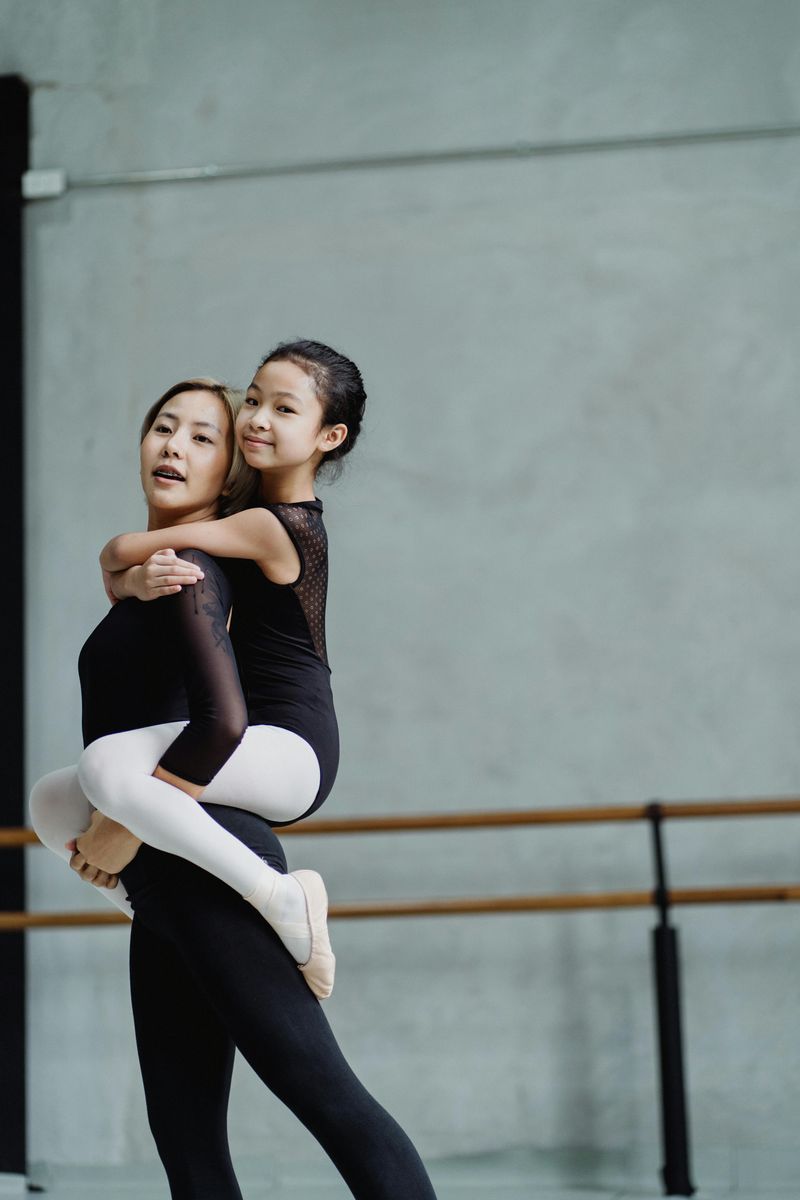
Nothing says ‘I value you’ like taking genuine interest in what lights your child’s fire. When my son became obsessed with dinosaurs, I learned the difference between an Allosaurus and Tyrannosaurus (besides the obvious spelling nightmare).
The payoff? Watching his face beam when I asked intelligent questions about his latest fossil discovery. As children grow, their passions shift dramatically, but your willingness to learn alongside them shouldn’t. Being curious about their world builds bridges that withstand the test of time.
3. Master The Art Of Side-By-Side Conversations

Teenagers would rather eat Brussels sprouts than endure the dreaded face-to-face ‘serious chat’. I’ve discovered that meaningful conversations happen more naturally when you’re doing something else together; driving, walking the dog, or cooking dinner.
The pressure dissolves when eyes are focused elsewhere. My most revealing chats with my teenager happened whilst painting her bedroom wall together. Something about the rhythmic brushstrokes created a safe space for her to open up about school struggles without feeling interrogated.
4. Embrace Their Digital Universe
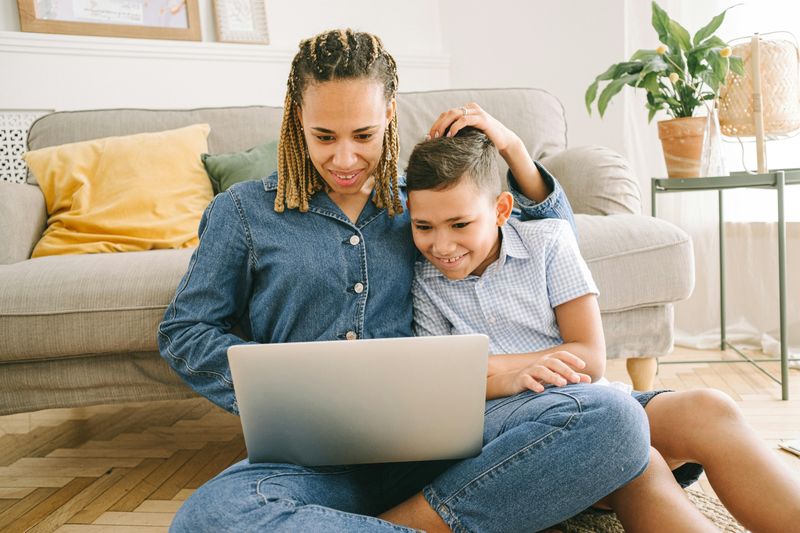
I used to roll my eyes at TikTok until my daughter taught me how to make a (moderately embarrassing) dance video. Rather than fighting technology, use it as a connection point. Ask them to explain their favourite games, apps or YouTube channels.
You needn’t become a gaming champion or social media influencer. Simply showing genuine curiosity about their digital world validates their interests. Plus, understanding their online life helps you guide them through it safely while maintaining that precious connection.
5. Schedule One-On-One Adventures
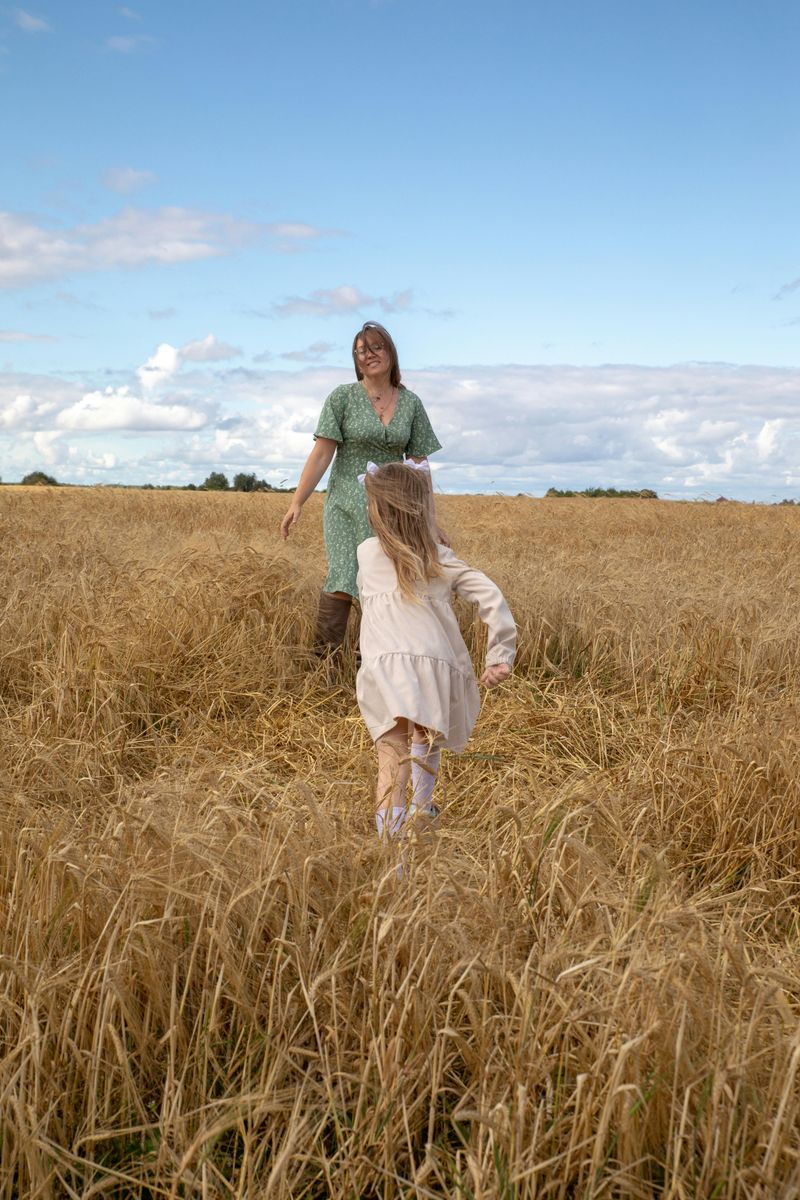
Group family time is brilliant, but nothing strengthens bonds like exclusive one-on-one outings. Each month, I take each child somewhere special; just the two of us. My son and I might hit the climbing wall, while my daughter prefers hunting through charity shops for vintage treasures.
These adventures don’t need to be expensive or elaborate. A walk to get ice cream counts! The magic happens in the undivided attention, creating space for conversations and observations that might get lost in the family crowd.
6. Become Their Emotional Safe Harbour

Children need to know they can bring their whole selves to you; including the messy emotions. When my son came home fuming after a football match, I resisted the urge to immediately problem-solve. Instead, I simply acknowledged: ‘That sounds really frustrating.’
Creating emotional safety means listening without judgment, validating feelings without necessarily agreeing with actions, and avoiding the temptation to immediately ‘fix’ everything. This emotional foundation becomes increasingly valuable as they navigate the turbulent teenage years and beyond.
7. Cultivate Inside Jokes And Secret Languages
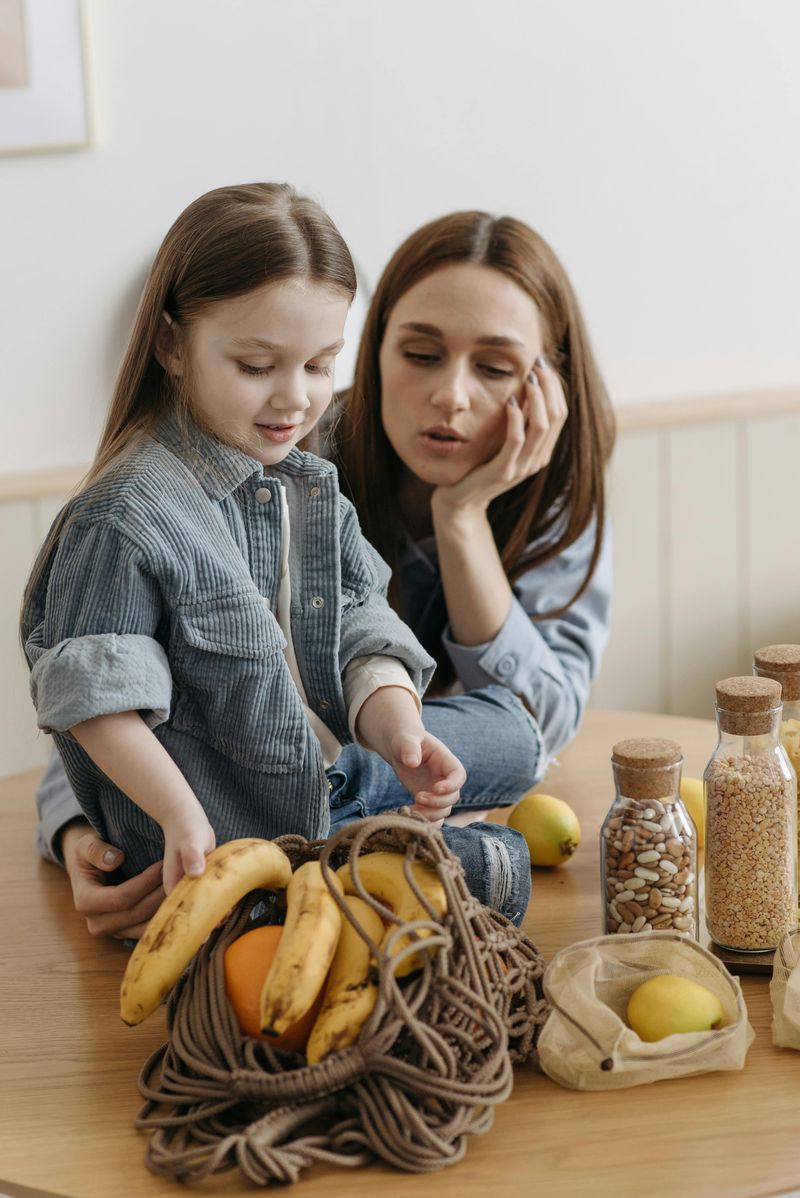
There’s something magical about having references only the two of you understand. In our house, ‘pulling a Fred’ means making a hilariously clumsy mistake (poor Uncle Fred never lived down that Christmas dinner incident with the gravy boat).
These shared jokes and references create a special bond that transcends age gaps. My teenager might roll her eyes at my dad jokes in public, but still whispers ‘Code Penguin’ when she spots someone wearing particularly questionable fashion; our secret code established years ago during a zoo visit.
8. Keep A Growth Timeline Together
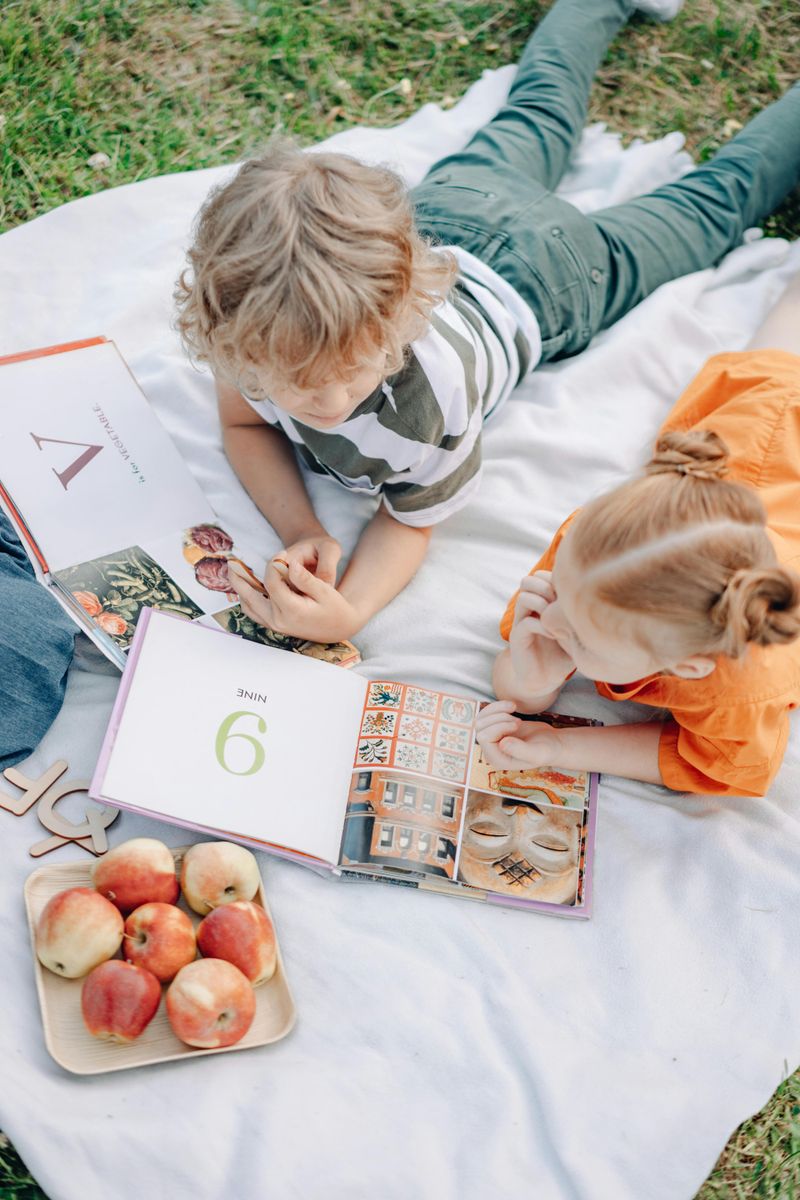
Beyond the typical baby book, create an evolving record of your child’s changing interests, dreams, and thoughts. Each birthday, we fill out the same questionnaire; favourite food, what they want to be when they grow up, best friend, etc.
Reading through past entries together sparks wonderful conversations about how they’ve changed and what’s remained constant. My son howled with laughter discovering his five-year-old self wanted to be a ‘dinosaur astronaut’. These documented memories become treasured connection points and validation of their personal journey.
9. Master Their Love Languages

Children express and receive love differently; some crave physical affection while others light up with words of affirmation or quality time. My daughter beams when I leave little notes in her lunchbox, while my son prefers wrestling matches and bear hugs.
Observing how your child naturally shows love offers clues to their preference. The brilliant thing about understanding their love language is that it evolves with them. The toddler who needed constant cuddles might become the teenager who appreciates a thoughtful text or their favourite snack appearing when they’re studying.
10. Celebrate Ordinary Moments

Life’s not just about the big milestones; it’s the everyday moments that often create the strongest bonds. I’ve learned to celebrate random Tuesdays with impromptu living room picnics or declare ‘backwards days’ where we eat dessert first and wear pyjamas to breakfast.
Finding joy in ordinary moments teaches children that connection doesn’t require special occasions. My favourite parenting memory isn’t from a lavish holiday but from dancing wildly in the kitchen during a thunderstorm power cut. These spontaneous celebrations become the stories they’ll tell about their childhood.